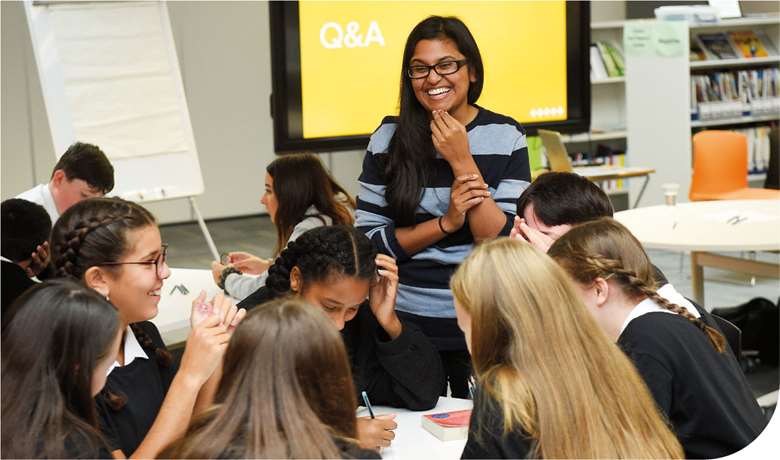Safe and sound: creating inclusive environments for LGBT+ students
Anthony Melia
Tuesday, June 1, 2021
How can music help LGBT+ pupils feel safe and welcome at school? Anthony Melia, schools and colleges officer for Just Like Us, offers some practical advice ahead of the LGBT+ young people's charity's School Diversity Week from 21-25 June

As an art form, music brings people together and sheds light on our lives and experiences. No matter when a piece was composed, which country a song came from, or the identity of the singer, it speaks to a universal human experience. Throughout history, music is a place where you can find many LGBT+ people, representing LGBT+ lives and writing about LGBT+ themes. The experiences of the LGBT+ community are deeply intertwined with their contributions to music, even if it isn't always readily apparent. Whether you're teaching music in schools or as an instrumental teacher, it's possible to do so in an LGBT+ inclusive way. Just Like Us and our School Diversity Week, happening 21–25 June, can also support you in this.
Moments and identities
The great thing about teaching music in an inclusive way is that you're probably already touching on topics which lend themselves to bringing in LGBT+ themes. Let's take different genres of music as an example. Say you were exploring the Blues, an accompanying instrument or even the impact of African-American communities on popular music, you can bring in the experience of Black LGBT+ individuals such as Bessie Smith or Ma Rainey. Songs like Empress of the Blues or Prove It On Me Blues include references to same-gender love.
Additionally, as you move through the 20th century, you can pinpoint moments influenced by LGBT+ culture and individuals. You can examine gender expression through David Bowie, Prince or Grace Jones and document their impact on Pop in the ‘70s and ‘80s – think of Queen's I Want To Break Free video which is equal parts famous for Mercury in drag as for the electric guitar. Even if individuals might not fall under the umbrella of LGBT+, or self-identify as such, you can highlight their impact on the LGBT+ community and representation. Such as how a song like Madonna's Vogue can introduce mainstream audiences to LGBT+ culture (in this case, the New York voguing scene led by Black and Latino LGBT+ communities).
So, as we've seen, LGBT+ identities and themes are often explored in music. Our KS3 activity asks pupils to explore LGBT+ themes in pop songs and how the music supports the mood and meaning of the song.
You don't have to stick to a thematic discussion to be inclusive, you can listen to and analyse music which is made by LGBT+ people. You can mention their identity as part of the lesson, but make sure you're specific! In our KS2 lesson, for example, on Rise Like a Phoenix by Conchita Wurst, pupils focus on analysing the music, but the lesson includes information about Conchita and asks pupils to think about why he might have written the song. If Eurovision-winning ballads aren't what you're looking for, you can include RnB artists like Janelle Monáe who is pansexual, pop stars like Olly Alexander (who uses festival performances as a place to talk about being a gay man) or rapper Lil Nas X who has included a message to his younger self about coming out alongside his latest record. If you wanted to look behind the scenes, electronic pop producer SOPHIE (who was a trans woman) is a great example of someone to look at in more detail.
Music as expression
Music offers young people an opportunity to express themselves, their thoughts and their feelings creatively, including LGBT+ students exploring their identity. Our KS3 lesson introduces to LGBT+ ‘anthems’ by introducing them to songs by Diana Ross and Lady Gaga, then tasks pupils with writing the next diversity anthem.
For younger years, teachers can use music to explore topics like different families, or think about how they can change existing songs to be more inclusive. Our Early Years Foundation Stage and KS1 lessons take two songs young children might know and ask them to think about the lyrics, then change them (such as from ‘mummy and daddy’ to ‘mummy and mama’ or ‘grandma and grandad’).
These methods can help you to introduce LGBT+ topics organically while teaching music. If you have any questions, Just Like Us is always here to support you.
You can sign up for School Diversity Week at www.justlikeus.org – you'll gain access to all the free LGBT+ inclusive resources for music.

